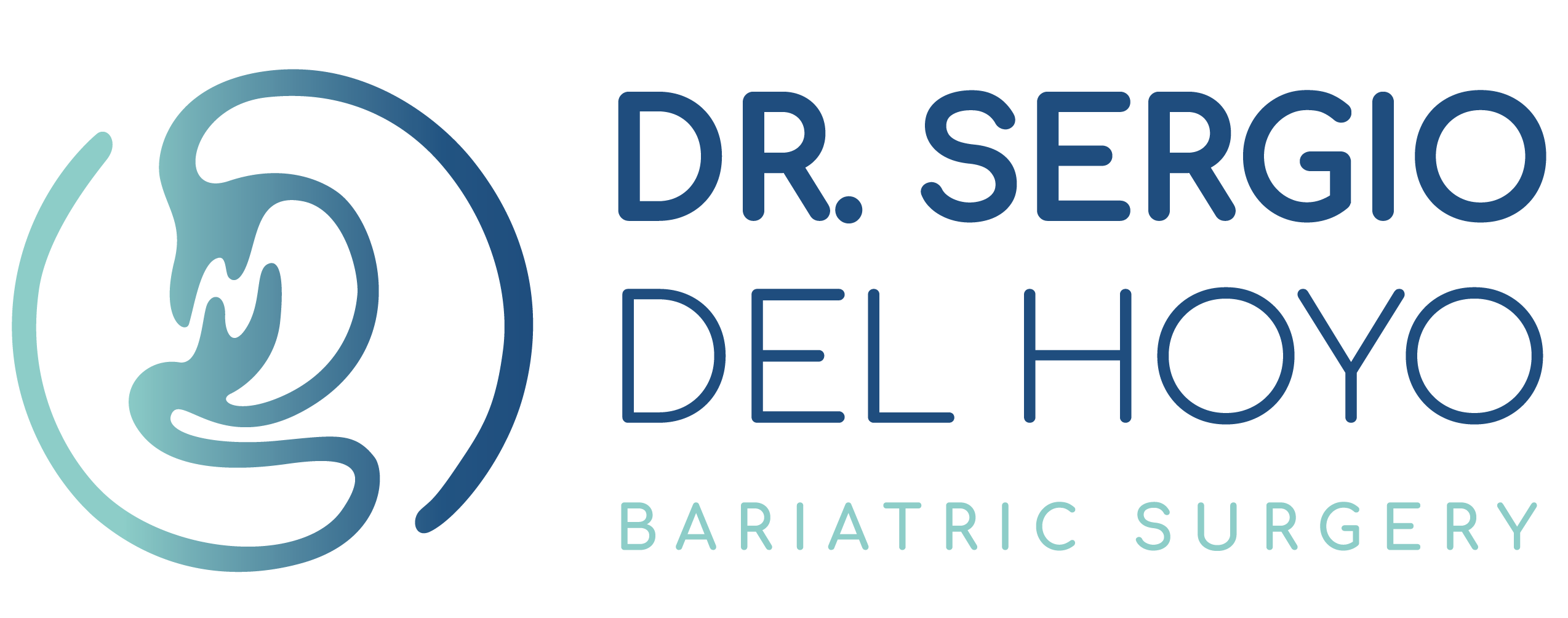Introduction:
Single port gastric sleeve surgery is an innovative, minimally invasive technique that uses only a small incision to access the abdomen. It is a relatively new approach technique for performing a gastric sleeve, technically it is to perform a traditional gastric sleeve removing 80% of the stomach capacity and thus make the patient feel satisfied with less food, lose weight while maintaining that weightloss
This scarless surgical technique offers many advantages over traditional laparoscopic gastric bypass procedures, with fewer risks and complications. In this blog, we’ll discuss what makes single-port gastric sleeve surgery unique and the potential benefits it offers patients, as well as explore some of the controllable risks and outcomes associated with it.
What is Single Port Gastric Sleeve Surgery (SILS)?
Single port gastric sleeve surgery is a minimally invasive technique that uses only a small incision to access the abdomen. This scarless procedure involves removing a large part of the stomach, creating a much smaller “sleeve” instead. The new, smaller stomach can hold much less food at a time than the original version, leading to more weight loss over time. Single-port gastric sleeve surgery also eliminates the need for additional tightening procedures and typically requires shorter recovery times than traditional laparoscopic gastric bypass surgeries.
Advantages of Surgery and Controllable Risks
Advantages
One of the main advantages of single port gastric sleeve surgery is its lower risk of complications. Compared to traditional laparoscopic surgery, the single port technique reduces the risk of infection and internal scarring, since there is only one incision (All of this is controllable by performing your Surgery with Dr. Sergio del Hoyo). The procedure also produces fewer adhesions (accumulation of fibrous tissue that can cause blockages) than traditional laparoscopic surgery. Also, because it involves minimal tissue cutting, patients may experience less postoperative pain compared to open surgery.
Many patients opt for single port gastric sleeve surgery for its cosmetic advantages. Since the procedure uses a single small incision, there are no large scars from multiple incisions that may be visible after healing. This makes it an attractive option for those who want to avoid permanent body marks or want faster recovery times without worrying about hidden scars.
Controllable Risks
However, it is important to remember that single-port gastric sleeve surgery is still a major operation and carries certain risks and potential complications. Although the risk of infection is lower with this technique than with traditional laparoscopic surgery, there is still a risk of infection, bleeding, and gastric sleeve leaks (all of this can be controlled by performing your surgery with Dr. Sergio del Hoyo). Also, because the procedure requires the removal of a large part of the stomach, patients may experience nausea or vomiting after eating large meals. It is also possible that patients experience long-term problems, such as nutritional deficiencies due to decreased absorption caused by the smaller size of the intestine.
Preparation for surgery
Preparation for SILS is the same as for a traditional gastric sleeve and begins with lifestyle changes such as making healthier food choices, reducing portion sizes, eating more frequently throughout the day, exercising regularly and avoiding sugary drinks. It is also important to stop smoking before the intervention, since tobacco can interfere with the healing of the wound after surgery. Patients are usually asked to follow a liquid diet the day before the operation and may be asked to fast for several hours before arriving at the hospital.
Postoperative care
Post-operatively, patients are advised to drink fluids such as water, broth, and unsweetened juices. A totally liquid diet is recommended during the first weeks after the procedure. Afterwards, patients can slowly introduce soft foods into their diet and progress to solid foods in the following months. Proper nutrition is essential to heal properly and prevent complications associated with surgery. Exercise is also an important part of post-operative care, as it can help with weight loss and improve general health. Patients should follow the surgeon’s instructions on when to start exercising, usually within a few weeks of the procedure. Follow-up visits are also recommended to monitor progress and adjust treatment if necessary.
Conclusion
Single port gastric sleeve surgery has become increasingly popular in recent years due to its scarless approach and its potential advantages over the traditional laparoscopic gastric bypass procedure. The procedure eliminates the need for multiple incisions to access the abdomen and carries a lower risk of infection than traditional surgery. In addition, it has many cosmetic advantages, since there are no large scars from multiple incisions that may be visible after healing. However, patients should be aware of the potential risks and complications associated with single-port gastric sleeve surgery, such as infection, bleeding, and gastric sleeve leaks, which are all preventable by performing your surgery with Dr. Sergio del Hole. It is important to discuss any concerns about these risks with a qualified medical professional, in order to make an informed decision about whether or not to pursue this surgical technique.
In general, single-port gastric sleeve surgery can provide significant weight loss benefits without leaving extensive scarring or requiring additional surgery. The procedure offers many advantages over traditional laparoscopic gastric bypass surgery, including a lower risk of infection and faster recovery times. However, it is important to understand both the benefits and risks associated with single-port gastric sleeve surgery before making any decisions about having the procedure.
Taking all this into account, it is clear that single port gastric sleeve surgery has the potential to be an effective weight loss solution for some people. However, it is important to remember that each patient’s individual needs and circumstances must be taken into account when considering any type of surgery. Ultimately, the decision to undergo single-port gastric sleeve surgery should only be made after consulting with a qualified medical professional and carefully weighing all the risks and benefits.






